Today was our last field trip to Hui Ku Maoli Ola and Papahana Kuaola in Kane'ohe and we met up with our speakers Francis and Logan. The first place we went was to the plant nursery with Francis, Hui Ku Maoli Ola is the biggest nativr Hawaiian plant nursery in the universe. The first thing that stood out to me was the Kokio keokeo, which is a white beautiful hibiscus which it is an endangered native plant. Throughout the time we were in the Plant Nursery, we took a tour and saw about over a hundred different Native Hawaiian Plants. The second place we went was Papahana Kuaola. Aunty logan told us some mo'olelo about the ahupua'a that we were in and what we had to do and we did that for about an hour half. We had to pull out all the weeds in the lo'i and then put bone mill and pot ash on the kalo to help it grow and and cover the mounds with the mud. After finishing that, we ended up swimming in the mud and all of us were muddy from our necks down. Before we washed off in the water, we talked about the springs and one part of the kalo patch that had a little drinking pond that had a story behind it, which was back then after the kupuna finished in the kalo patch, they drank kava and sit around the well. Then we finished the day off by swimming by a waterfall and having laughs with everyone.
|
By Kawehi Cariaga, Nanakuli Program Today was our last field trip to Hui Ku Maoli Ola and Papahana Kuaola in Kane'ohe and we met up with our speakers Francis and Logan. The first place we went was to the plant nursery with Francis, Hui Ku Maoli Ola is the biggest nativr Hawaiian plant nursery in the universe. The first thing that stood out to me was the Kokio keokeo, which is a white beautiful hibiscus which it is an endangered native plant. Throughout the time we were in the Plant Nursery, we took a tour and saw about over a hundred different Native Hawaiian Plants. The second place we went was Papahana Kuaola. Aunty logan told us some mo'olelo about the ahupua'a that we were in and what we had to do and we did that for about an hour half. We had to pull out all the weeds in the lo'i and then put bone mill and pot ash on the kalo to help it grow and and cover the mounds with the mud. After finishing that, we ended up swimming in the mud and all of us were muddy from our necks down. Before we washed off in the water, we talked about the springs and one part of the kalo patch that had a little drinking pond that had a story behind it, which was back then after the kupuna finished in the kalo patch, they drank kava and sit around the well. Then we finished the day off by swimming by a waterfall and having laughs with everyone.
0 Comments
By Kawehi Cariaga, Nanakuli Program
Yesterday on the 11th of July, we went to UHWO and Zablanʻs beach park. In the morning all the way till 12pm, we stayed at UHWO and we worked. We split into our 3 groups and we went to three different stations. The first station that I was in was harvesting bananaʻs. What we did was cleaned out some of the dead leaves and cut off one of the banana plants then we cut all the dead plants and put it into the compost to turn to soil. My second station was sifting the compost and dirt that is together. At first we had to put the compost through this box with holes inside and what you had to do was push it back and forth like making mack salad. At first it wasnʻt going, but then throughout the time it was working and getting easier to go inside and my partner and I finished all of it. The last station was meditating with Aunty Manu Meyer. She told us that the key was to block out all of the noise and let go of all your thoughts and we did that for ten straight minutes and wow I can tell you it was amazing. When we got back to Nanakuli, we went to Zablan's beach park. What we did was meet up with Uncle Jesse and Aunty Mohala and they told us that we were going to take out all the invasive pickleweed and plant the Hawaiian pickleweed. It took us about 20 minutes to take out the pickleweeds and the smell was horrendous, but we all worked together to take it out. After that, we planted about two to three plants and in my perspective everyone had fun and worked together at it. By Kawehi Cariaga, Nanakuli Program
Before we visited Mokauea, aunty Kehaulani Kupihea came into our class to talk to us about the history of Mokauea Island and how it's important to us. On June 28, we paddled out to Mokauea which is in Mauli Ola, known by many as Sand Island. When we got there, we met up with Aunty Kehaulani Kupihea and we got to help bring the wa’a to the ocean and then we paddled out there. When we got to Mokauea, we went to one of the little hale and Aunty Kehau was telling us what to do and also not to do. We took a tour around Mokauea and we saw a lot of different animals in the water and the way they live. After we took a tour, we grabbed gloves and a fish net to pick up the trash around the beach and we all finished and grabbed a whole lot of trash. I really hope more kids and people around everywhere pick up trash even if it’s not yours. We also looked for animals in the invasive limu. We love visiting Mokauea and learning about this special place! By Kawehi Cariaga, Nanakuli Program
What we did at Wai’anae High School Marine Science Learning Center was learn about what they have over there and what they do with their students in this academy with aunty Dana Hoppe. We took a tour of the different fish and limu tanks and broke into small stations to learn about plankton, limu, water quality, and looked through microscopes. So there were a couple tables with microscopes and there were shrimp inside the glass strips. We got to see it from a baby to an adult. On these other tables, there was flash cards with 2 of the same Zooplankton and Phytoplankton and about 5 bowls of different types of limu. What we did on the second table is we had to figure out which plankton was Zooplankton and Phytoplankton or plants and animals. It was funny trying to figure out which one is which because most of the Planktons were animals and we thought it were plants and the ones we thought were plants were animals. It was a good experience at the Marine Science Learning Center at Wai'anae and seeing how they use this place on their campus as an outdoor classroom. By Kawehi Cariaga, Nanakuli Program
Today we went to James Campbell National Wildlife Refuge. When we went over to Kahuku, we talked with Aunty Leilani. She told us about the Albatross, which if you didn’t know, are these big beautiful birds. Their wings are about 7 to 8 feet long and boy let me tell you that those wings are huge. Another thing we learned was that they only lay one egg each year, most of the time they mate with the same bird or sometimes they mate with another bird. A cute thing the birds do is they dance, they go to sleep at many times in a year, and they like to chase people thats bothering them since they aren't used to being around humans. The Albatross eats fish and squid. How the babies eat at the Refuge is they blend up the fish and squid and they stick a tube down the mouth and that is how the babies eat. After we finished looking at the Albatross, we paired up in groups and we walked along the beach and picked up the trash that was washed up onto the beach. When we picked up trash off of the beach, we found brushes, tooth brush, floaters, ropes, plastic, cigarette buts, and so much more. The trash or marine debris on the beaches are harmful to these birds because they think it's food and can't process it. We feel good that we could be a part of this program to protect these special birds! By Kawehi Cariaga and Andrew Koniske, Nanakuli Program
Our first huaka'i took us to Palehua where we explored the geology on the mauka ranges, Wai'anae and Ko'olau Moku towards other outer volcanoes with Dr. Scott Rowland from UH Manoa. We discussed different effects on the plants and animals that make up on parts of the aina and the geology landscape of Manawahua. We also cut down invasive strawberry guava that inhabit the Hawaiian forest where native plants like a Koa trees are trying to grow bigger. After our hike and service work, we made konane boards with Mr. Arasato and played against each other. Konane is similar to checkers. We visited uncle Anu, caretaker of the Pa, up at Palehua. He shows us how the Hawaiians made significant areas for the teachings to be passed on by Kilo, or in other ways observant. We learned about stargazing and traditional lessons that was passed down for thousands of years had been one of many polynesian islanders landmarks and stakeholders for the oncoming generations. Kekai Lee (LCC) in partnership with Hokulea, showed us on the summer solstice day the star that the Hawaiians praised and used for their navigations. We also made friends with students from the Trinity School in New York City. The next morning we got up very early to sing the E Ala E Oli to the sun as it rises, just being Kilo and observing what was taking place was such an inspiration to get the day started. Afterwards we ate breakfast, with the help and partnership with Kapolei culinary teacher Jeff Sampson who made pancakes to get our day started. Later in the day, we worked in the Palehua Nursery with Malama Learning Center. We got the time to share some common things from three different groups, and how our society is playing a key role in every one’s life, one thing that is amazing to remember was that the nursery we went to more up the road from the cabins showed a story from the people within the area from the past and present. During the time being we even learned how to measure different types of fertilizer to use to grow saplings like Koa and Lama. I also know that some Lama trees that was used by the Hawaiians as spears or torches. The class and other volunteers also did some gardening along the fenceline that runs in-front of the whole nursery trying to clear as much trash and California grass that raided the whole water line and other life that are crucial towards preserving the forest reserve. Students from Trinity School helped make an umu for the students' lunch including pork, sweet potato, and corned beef with taro leaf, banana and pineapple.Lunchtime, we go to spend time with our peers and got to know other schools better. Trinity school had been such a great guest and a host by preparing our food, fresh and straight from the umu producing enough food for three classes. We had a lot of fun up at Palehua with each other! By Kawehi Cariaga and Andrew Koniske, Nanakuli Program
Today in class, we learned the Hawaiian place names and some of the background of why it is called that specific name. I always thought the place names we know of was the original name but it wasn’t. Another thing that we learned and talked about was volcanoes tectonic plates across the globe. What we talked about was how the volcanoes erupt and how the plates shift and what happens when it does that, like Nanaku’ulei ,Pu’uheleakala, Ma'ili’ili and many more. An atoll is a fringing reef that forms around a volcanic island that subsides completely below sea level while the coral continues to grow upward, then an atoll is formed. A coral reef is an underwater ecosystem characterized by reef-building corals. About 30 minutes before lunch, we were working on to see the differences with climate change. What we did was we had two jars and what we had to do was put thermometers inside of the jar and one would be covered with saran wrap and the other would be open to see which one would get hotter. By Kawehi Cariaga and Andrew Koniske, Nanakuli Program
It is the second day at Malama ‘Aina Field school. We have our guest speaker Kumu Hina from OHA and Hawai'i News Now came to film our program. Kumu Hina told us that even though people say bad things about us we shouldn’t listen to them, and that we should stand strong in our culture no matter how difficult our situations get. We also sang three different mele - Hawai'i Pono'i, Hawai'i Aloha, and Mele 'Onipa'a Mau No Ke Aloha 'Aina and learned the deeper meaning behind each of these songs. We struggle to strive for greatness and to manifest anyone's destiny through hatred and love. She really inspired us with her story. Hawai'i News Now also came in to film a story about our program! When Kumu Hina finished talking to us, we watched an 8 minute video on how to make an “aha” it has 8 aho (string) which we’ve made tight and strong. The Aha represents everyone in our community who is knowledgeable in different parts of our culture and how we can all come together to strengthen each other. By Kawehi Cariaga, Nanakuli Program
Today is the first day of Field School. In the morning we made our community ball named Jerry and all of us put our mana into it. The day started off very quiet, but as the day went by everyone got closer and got to know each other a little more. During the day, us as a class made classroom norms. After lunch we settled down in the other classroom and we learned and practiced our oli. During our Olis our kumu would point out key factors that play a vital role in Hawaiian culture and Nanakuli itself. Then the day was almost to an end and we did our community circle. By Riley Jose, Nanakuli Program
Today is another project work day, where we finished our projects and completed any other uncompleted work that we need to turn in. During today's work day I finished my part of the the project board and helped my project partners with their parts of the project. By Riley Jose, Nanakuli Program
At Kamehameha School Maili Canter, we practiced for Fridays ho’ike. During our time there we were able to prepare for Friday. After practicing, Nanakuli went to the library to take post assessments, post surveys, and to write our huaka’i report for Friday. |









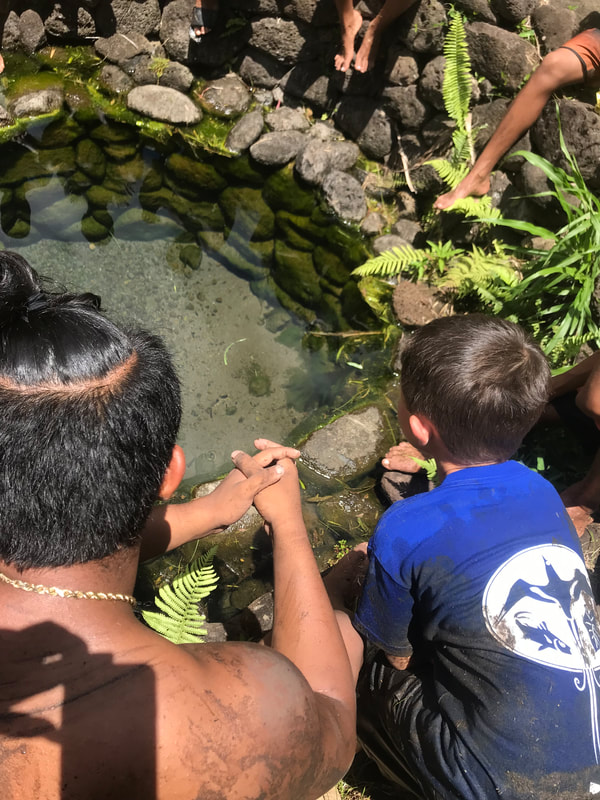
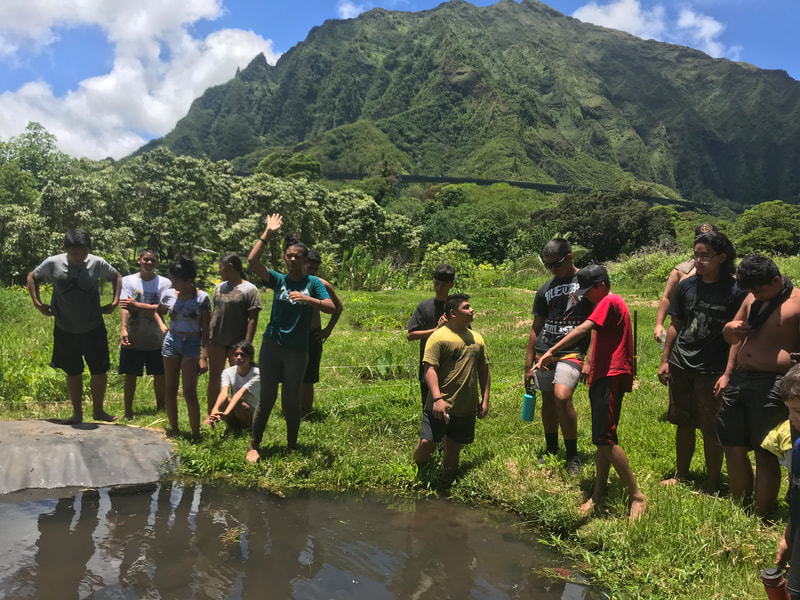




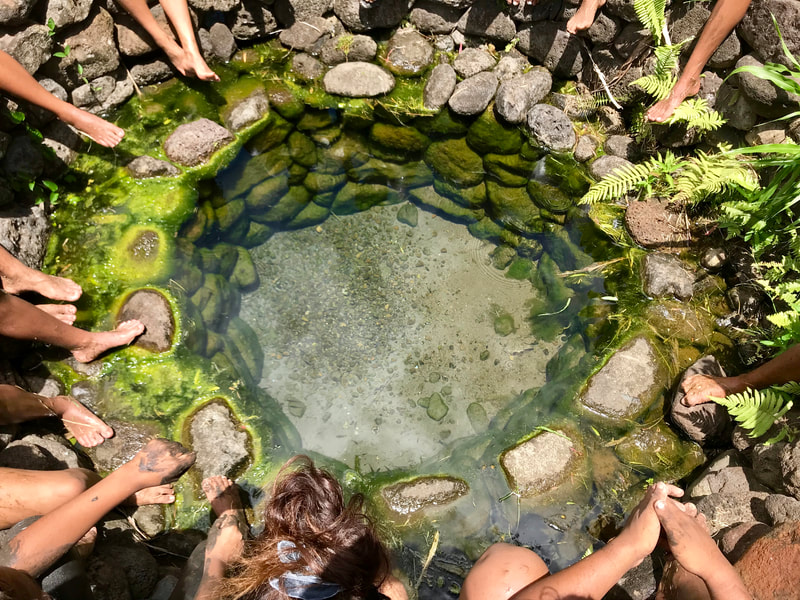














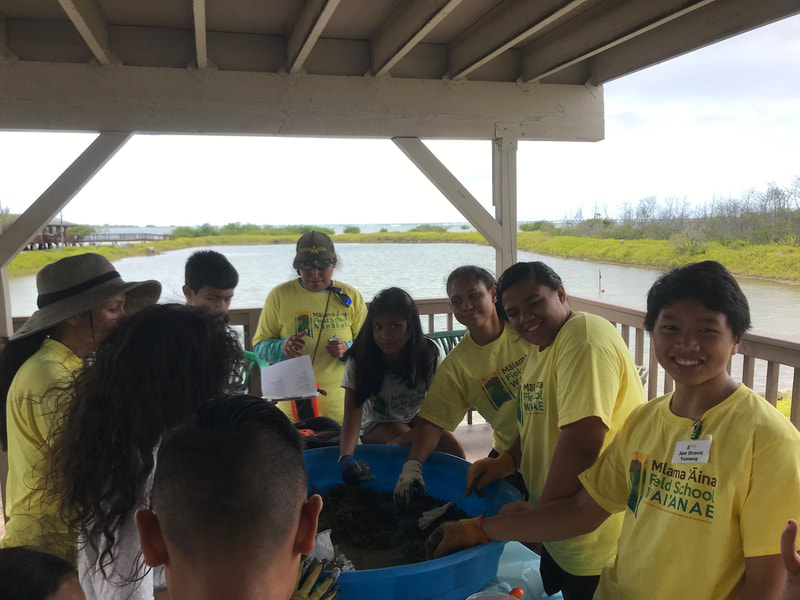
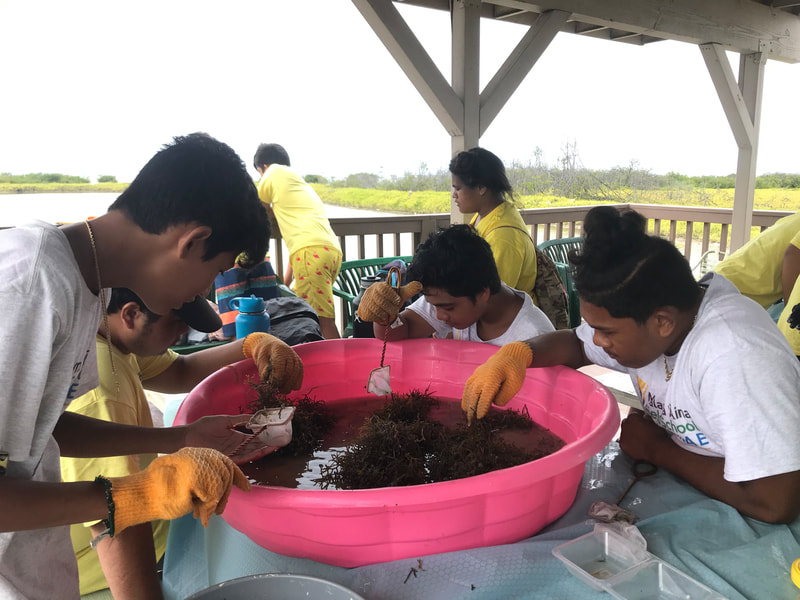












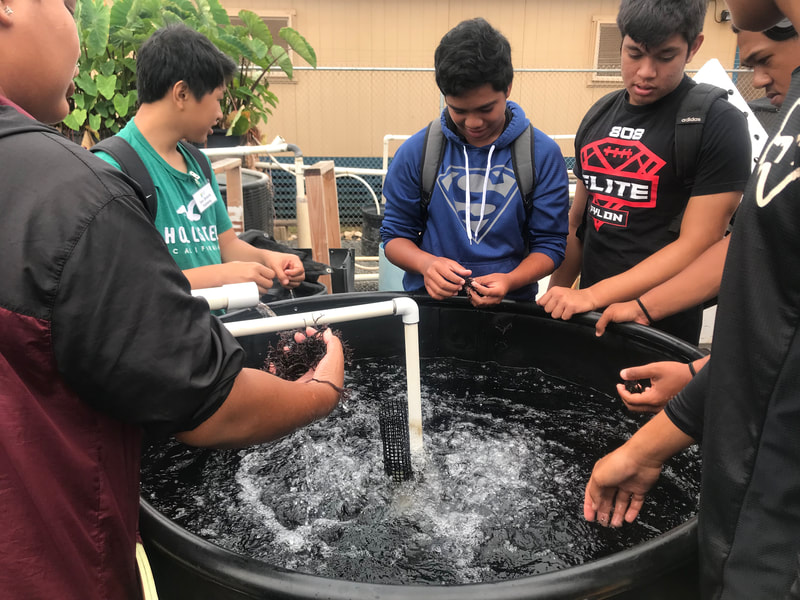














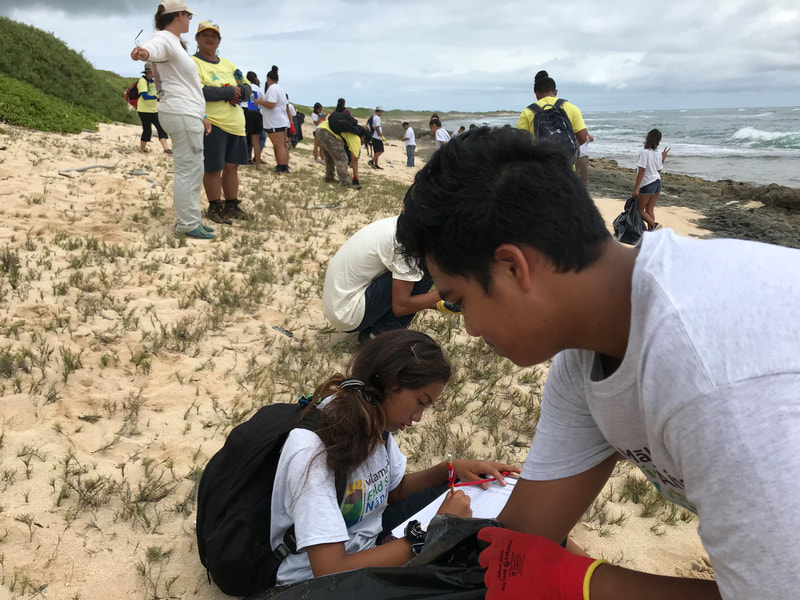





















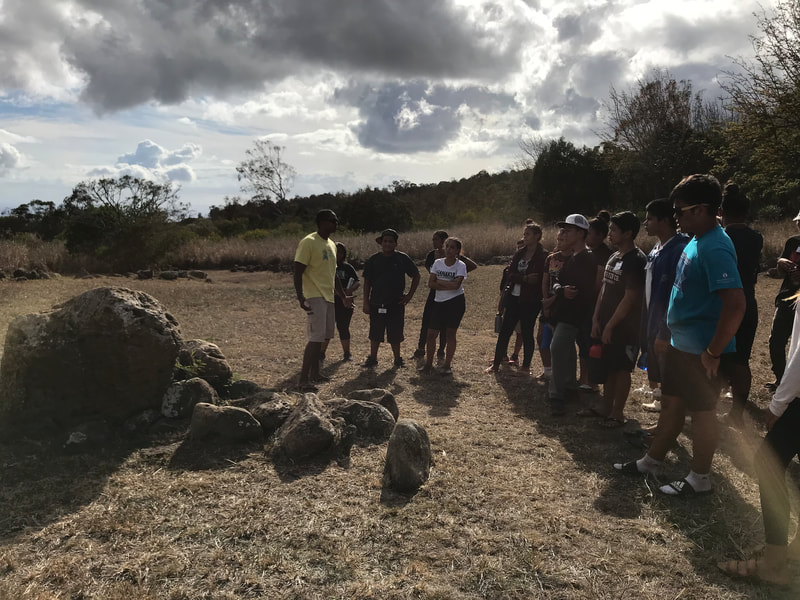

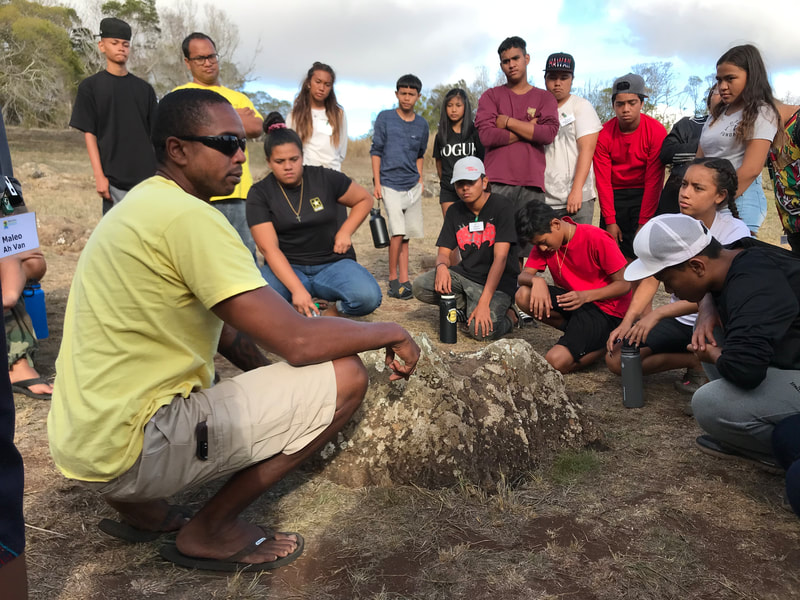










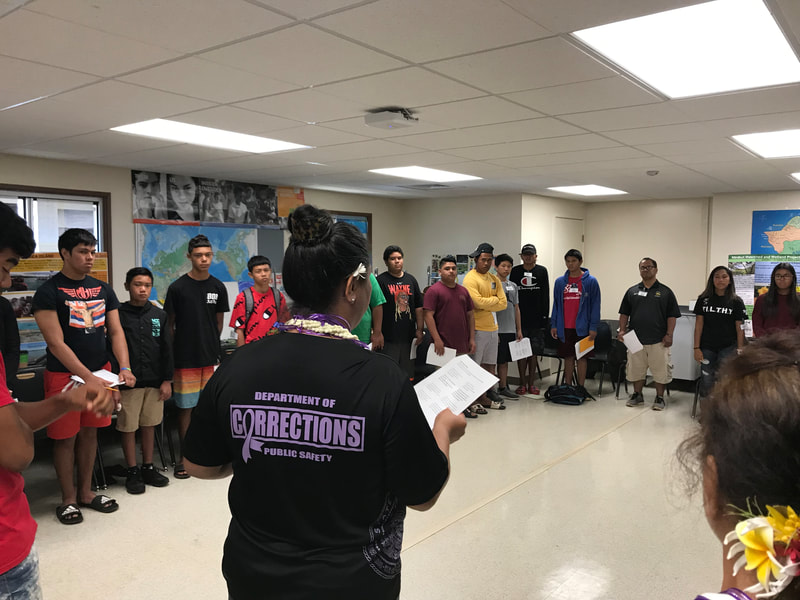




 RSS Feed
RSS Feed
